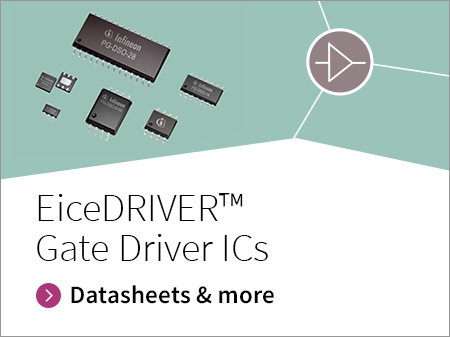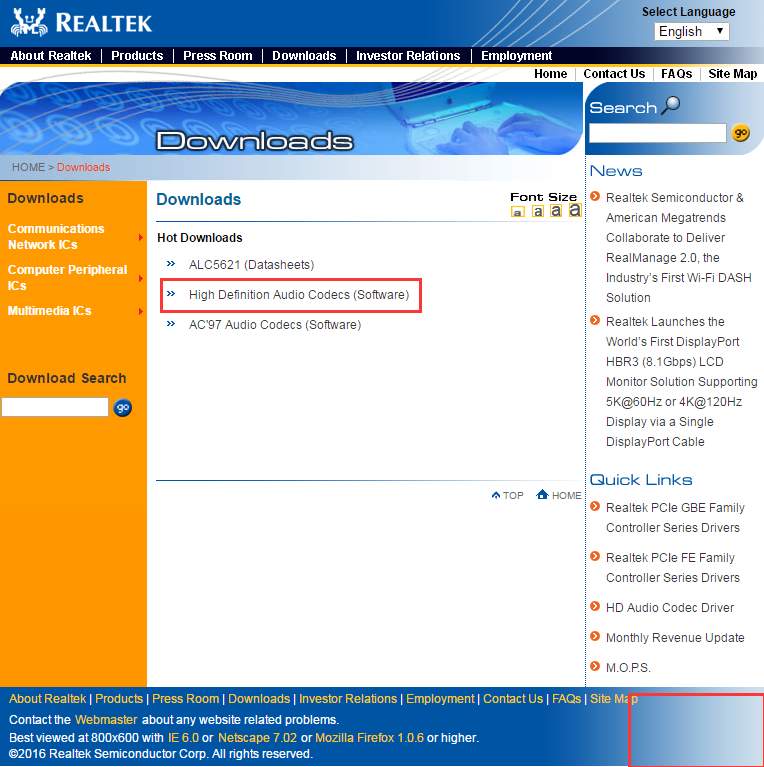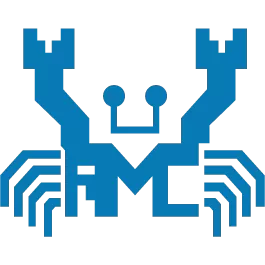If CAMotics won't run or you don't see the 3D view try updating your graphics drivers. To install a Debian Linux.deb package open a terminal and run the following: # Go to the directory where you downloaded the CAMotics package. Sudo apt-get update sudo apt-get install -y gdebi sudo gdebi camotics1.2.0amd64.deb. I.C.S Manager for MR-03VE and MA-020VE I.C.S Manager for MR-03 ASE, MA-020 ASF and MB-OIO ASF and MB-OIOVE Mini-Z Buggy VE Setup Manager Software Mini-Z Buggy VE 2.0 Setup Manager Software Chase Mode Manager for MR-03, MA-015/020, and MB-010 Showing 1 to 9 of 9 entries Search: Download.
- I.c.s Driver Download Pc
- I.c.s Driver Download Windows 10
- I.c.s Driver Download Torrent
- I.c.s Driver Download Windows 7
The driver consists of the electronics that take power from the battery and send power to the LED. They amplify or reduce the voltage from the batteries to the correct level for the LED and also control the amount of current that can be delivered. The driver also contains the electronics that give the flashlight its user interface, including the number of modes and how those work relative to button presses. The driver has a positive and negative input from the battery, and a positive and negative output that goes to the LED.
- 1Power Regulation
Power Regulation
Only by correctly combining the power supply, driver, and LED will a LED function properly. Many Cree LEDs require 3.3 volts to light up. If a flashlight is powered by a single AA battery, then the voltage must be amplified. However if a light uses 2 3-volt CR123 batteries with 6 volts, the voltage must be reduced. Power regulation supplies a constant voltage to the LED so that the brightness of the flashlight is constant for most its period of use (many circuits stop working once the battery gets low and brightness will slowly fall off, which is better than the light just turning itself off without warning).
Direct Drive
Linear Regulator
Though people call this type of driver a linear regulator, linear regulators regulate the voltage. However these drivers have a number of AMC7135 current regulating chips installed. Each chip allows 350mA of current through and when wired in parallel, the current adds, so 700mA from 2 chips, 1050mA from 3 chips, and 1400mA from 4 (some drivers have higher binned regulator chips that allow 380mA through). Eight 350mA chips (using two boards or both sides of one 17mm board) gives 2800mA which is ideal for XM-L2 and XP-L LEDs. Constrained to a particular current, the LED will settle in at its Vf for that current and the rest of the voltage from the battery will be converted to heat by the regulator chips. Because any voltage beyond the required amount is wasted as heat, supplying a higher voltage is less efficient and the board becomes more efficient as the input voltage approaches the output voltage. As the voltage supplied drops below the Vf of the LED plus some overhead for the chips, the driver drops out of regulation and goes into direct drive and the light will start to dim. These drivers can also have modes by using a microcontroller utilizing PWM for lower modes and flashing modes.
FET Driver
Boost Circuit
Buck Circuit
A buck circuit is similar to the boost circuit above, but in reverse. It takes a higher voltage and reduces it down to the voltage desired. This is used in flashlights with multiple cells in series, for instance when there are two 3V CR123 batteries (or 2 3.7V 16340 li-ion batteries). The buck circuit is also quite efficient, but typically requires at least a 0.5V reduction to operate and therefore not as appropriate when using a single li-ion cell.
Buck-Boost Circuit
The Buck/Boost Converter provides the greatest flexibility in input voltage and will boost or buck the voltage as appropriate. Good luck finding one at a reasonable price though.
Other Driver Features
In addition to regulating the voltage, the driver controls brightness levels and how the user switches between those by monitoring button clicks and presses. Therefore some drivers offer various modes and some do not. Some offer different packages of modes that are available either by the user pressing buttons or they can be hard wired by soldering bridges on the driver board.
The size of the driver itself is also important. The most common size is 17mm which works well in most P60 drop-ins and many lights powered by an 18650 li-ion battery. However, smaller lights uses smaller diameter boards that are harder to find. There are also larger circuit boards of around 25mm used on larger flashlights.
More Information
See Popular drivers for some specific drivers available.
Very informative post on CPF with pictures and graphs.

Released: Freescale usb devices driver updater.

Wrapping jing and trang RELAX NG tools into Python script
Project description
jingtrang is wrapper of Java based command line tools for working with RELAX NG schemas.
Motivation
RELAX NG and especially compact form of describing XML structures is very efficient.
Unfortunately, with Python, support is rather limited:
- lxml allows validation of XML based schemas only
- lxml is based on libxml2 library, which has some minor limitations with regards to RELAX NG validation (in some cases you find error messages like “TODO”).
- package rnc2rng is promising conversion from XML to compact form, but is not really usable (it simply does not work).
In general, it is even not very easy finding command line validator for compact RELAX NG syntax.
RNV is very promising, but version on Sourceforge is rather old and version on GitHub does not have up todate installation instructions.
Other RELAX NG related tools mostly ignore compact syntax.
The only exception to this is jingtrang project hosted on googlecode.
Problem with this tool is, that it takes few steps more then is really convenient to have it easily installed for daily use from console.
As our team is working on Linux as well as on MS Windows, I was looking for cross platform command line solution.
As jingtrang commands (jing and trang) seem to be functioning very well, I have decided to write this jing and trang wrapper.
Delivering (py)jing and (py)trang command line tool
Original command line tools are named jing (validator) and trang (transforming schemas).
To prevent naming conflict, prefix py is used.
Command line interface is exactly the same, as if using it with java interpreter, only introductory “java -jar <jarfile.jar>” part is not necessary to call.
Here are described only most popular use cases, for more options, consult original jingtrang documentation (download from googlecode or elsewhere and see included html doc).
Installation
Prerequisites are:
- Python (2.7 or 3.4 and higher)
- Java
- pip
Install it by:
After that, two new scripts are installed:
- pyjing - RELAX NG validator
- pytrang - utility for transforming between XML/compact syntax/XSD/few more formats

Note
There is no need to install jing.jar and trang.jar files as they are already included in jintrang Python package.
pyjing - RELAX NG validator (XML as well as compact syntax)
pyjing serves for validating XML documents against XML as well as compact syntax RELAX NG schemas:

$ pyjingJing version 20091111usage: java com.thaiopensource.relaxng.util.Driver [-i] [-c] [-s] [-t] [-C catalogFile] [-e encoding] RNGFile XMLFile…RELAX NG is a schema language for XMLSee http://relaxng.org/ for more information.
I.c.s Driver Download Pc
To validate XML using XML syntax RELAX NG schema:
To validate using compact syntax schema, use -c switch:
Validation of multiple XML files at once is possible:
pytrang - Schema format convertor
pytrang is “schema language translator” supporting not only RELAX NG XML andcompact syntax, but also DTD, XSD. It even allows generating initial schemabased on sample XML document.
Try to run it:
I.c.s Driver Download Windows 10
pytrang is able auto-detect format from file extension, so you can mostly directly convert without specifying explicitly, what input and output formats are to be used.
Converting compact syntax to XML one can be done by:
Note
If you use include in your schema, all included schemas will be converted too.
To generate initial RELAX NG schema in compact format from sample XML file, try:
Release historyRelease notifications | RSS feed
0.1.2
I.c.s Driver Download Torrent
0.1.1
Download genesys usb devices driver. Download Genesys USB Mass Storage Device for Windows to uSB driver. Download Genesys USB Mass Storage Device for Windows to uSB driver. Join or Sign In. Sign in to add and modify your software.

I.c.s Driver Download Windows 7
0.1.1.dev3 pre-release
Download files
Download the file for your platform. If you're not sure which to choose, learn more about installing packages.
| Filename, size | File type | Python version | Upload date | Hashes |
|---|---|---|---|---|
| Filename, size jingtrang-0.1.2-py2.py3-none-any.whl (1.3 MB) | File type Wheel | Python version py2.py3 | Upload date | Hashes |
Hashes for jingtrang-0.1.2-py2.py3-none-any.whl
| Algorithm | Hash digest |
|---|---|
| SHA256 | 59c68e4641dfae91e39ec10e40f2f37ca79a9f83a12bf2565ea299c43d7ec12f |
| MD5 | f35fed82876f7f08515c7a4d9001511f |
| BLAKE2-256 | bbbc121eb764fe9ab1fc580aab56f20a855e220c8bad04f0620ba2bb798d291f |

